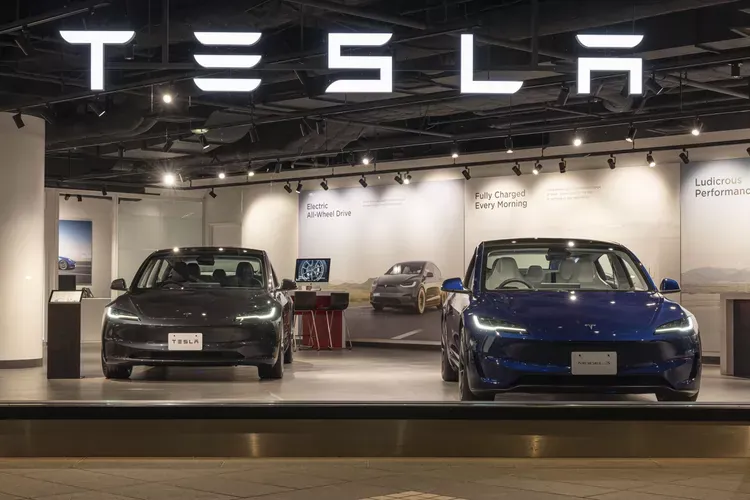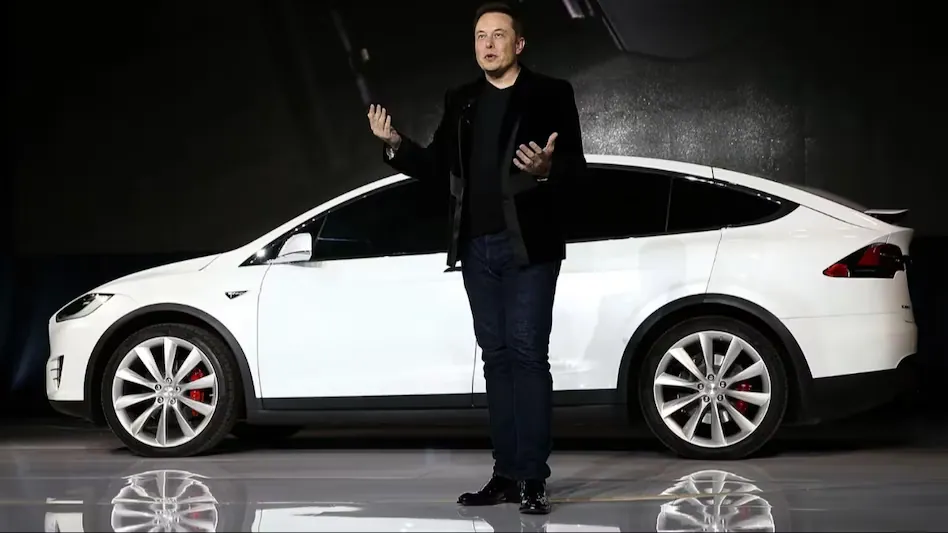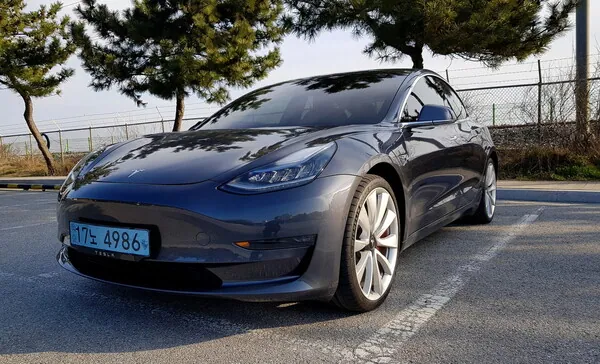Tesla Robotaxi: Tesla’s much-anticipated Robo taxi event is generating excitement among investors and the public alike. As Tesla prepares to report second-quarter earnings, the focus is on the company’s progress in autonomous vehicle technology and the potential impact of their robotaxi service. While the prospect of a fleet of self-driving taxis is enticing, there are hidden costs and challenges that Tesla must address to make this vision a reality.

Full Self-Driving (FSD) Take Rate and Profitability
A crucial factor in Tesla’s robotaxi endeavor is the consumer adoption of its Full Self-Driving (FSD) feature. The FSD take rate, representing the percentage of Tesla buyers opting for the FSD package, is a key indicator of the technology’s popularity and potential revenue stream.
Tesla’s decision to lower the price of FSD during the second quarter is expected to have influenced consumer appetite for the feature. Understanding the impact of this price adjustment on FSD adoption will be vital in assessing the near-term earnings trajectory of the company before the robotaxi service becomes fully operational.

Challenges and Debates in Autonomous Vehicle Development
While Tesla boasts a significant advantage in autonomous vehicle development due to its extensive data infrastructure and neural network approach, the road to robotaxis is not without challenges. One of the most debated topics in the autonomous vehicle industry is the optimal approach to achieving full autonomy. Tesla’s reliance on cameras and neural networks, without additional sensors, has raised concerns about the robustness and safety of their self-driving system.
Critics argue that a more comprehensive approach, incorporating various sensors like lidar and radar, along with hard-coded software rules, might be necessary to ensure reliable and safe autonomous driving in diverse real-world scenarios. Tesla’s aggressive deployment of AI-based autonomous driving has also drawn scrutiny, with some experts suggesting that a more cautious approach might be warranted.
The Hidden Cost of Data Infrastructure
Beyond the technological challenges, a significant hidden cost in Tesla’s robotaxi pursuit lies in the development and maintenance of a massive data center infrastructure. This infrastructure is essential for collecting, processing, and analyzing the vast amounts of data generated by Tesla’s fleet of vehicles equipped with FSD.
Estimates suggest that Tesla has invested over $10 billion in building this data infrastructure, raising questions about the financial viability of the robotaxi service. To achieve profitability, Tesla needs to determine a sustainable cost per vehicle, taking into account the ongoing expenses associated with data processing and storage.
Impact of Government Regulations and Incentives
Government regulations and incentives play a crucial role in the adoption and success of electric vehicles (EVs) and autonomous vehicle technology. The Inflation Reduction Act, signed into law in the United States, introduced EV incentives that significantly impacted Tesla’s sales. However, the potential removal or modification of these incentives under a different administration could pose challenges for Tesla and the broader EV market.

Tesla Vehicle Sales Before and After EV Incentives
| Quarter | Sales Before Incentives | Sales After Incentives |
| Q1 2023 | X | Y |
| Q2 2023 | Z | W |
It is essential to consider that various factors influence Tesla’s sales, including interest rates, economic conditions, and consumer preferences. While government incentives can accelerate EV adoption, the long-term sustainability of the market depends on addressing other challenges, such as charging infrastructure, battery technology, and consumer affordability.
Future Outlook and Conclusion
Tesla’s robotaxi aspirations represent a bold vision for the future of transportation. The potential benefits of a self-driving taxi service, such as increased safety, reduced traffic congestion, and improved accessibility, are undeniable. However, Tesla must overcome numerous technological, regulatory, and financial hurdles to make this vision a reality.
The company’s success hinges on continued advancements in autonomous driving technology, consumer adoption of FSD, and the development of a sustainable business model for the robotaxi service. As the debate over the optimal approach to autonomous driving continues, Tesla’s commitment to innovation and data-driven solutions will be crucial in shaping the future of transportation.









